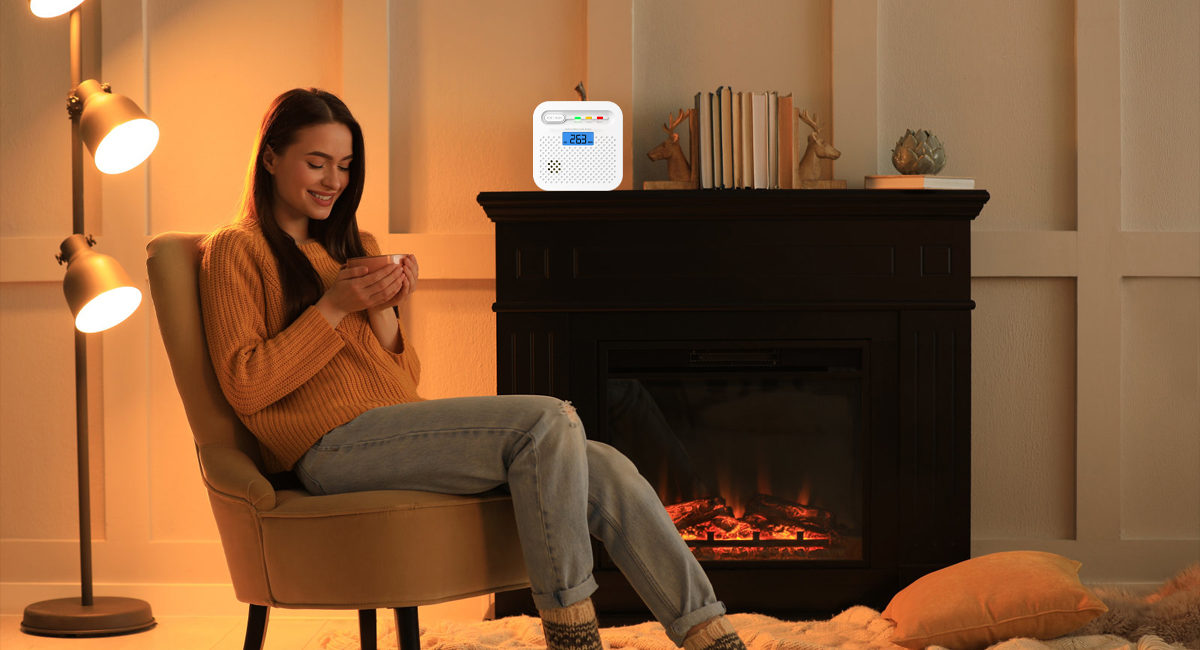Carbon monoxide (CO) is a colorless, odorless, and potentially deadly gas that can accumulate in a home when fuel-burning appliances or equipment do not function properly or when ventilation is poor. Here are the common sources of carbon monoxide in a household:

1. Fuel-Burning Appliances
Gas Stoves and Ovens: If improperly ventilated, gas stoves and ovens can release carbon monoxide.
Furnaces: A malfunctioning or poorly maintained furnace can emit carbon monoxide, especially if there is a blockage or leak in the flue.
Gas Water Heaters: Like furnaces, gas water heaters can produce carbon monoxide if not vented properly.
Fireplaces and Wood Stoves: Incomplete combustion in wood-burning fireplaces or stoves can lead to the release of carbon monoxide.
Clothes Dryers: Gas-powered clothes dryers can also produce CO if their venting systems are blocked or malfunctioning.
2. Vehicles
Car Exhaust in an Attached Garage: Carbon monoxide can seep into the home if a car is left running in an attached garage or if fumes leak from the garage into the house.
3. Portable Generators and Heaters
Gas-Powered Generators: Running generators too close to the house or indoors without proper ventilation is a major source of CO poisoning, especially during power outages.
Space Heaters: Non-electric space heaters, particularly those powered by kerosene or propane, can emit carbon monoxide if used in enclosed spaces without adequate ventilation.
4. Charcoal Grills and BBQs
Charcoal Burners: Using charcoal grills or BBQs indoors or in enclosed areas like garages can generate dangerous levels of carbon monoxide.
5. Blocked or Cracked Chimneys
A blocked or cracked chimney can prevent carbon monoxide from being properly vented outside, causing it to accumulate inside the home.
6. Cigarette Smoke
Smoking indoors can contribute to low levels of carbon monoxide buildup, especially in poorly ventilated areas.
Conclusion
To reduce the risk of carbon monoxide exposure, it's important to maintain fuel-burning appliances, ensure proper ventilation, and use carbon monoxide detectors throughout the home. Regular inspection of chimneys, furnaces, and vents can also help prevent dangerous CO buildup.
Post time: Oct-19-2024











